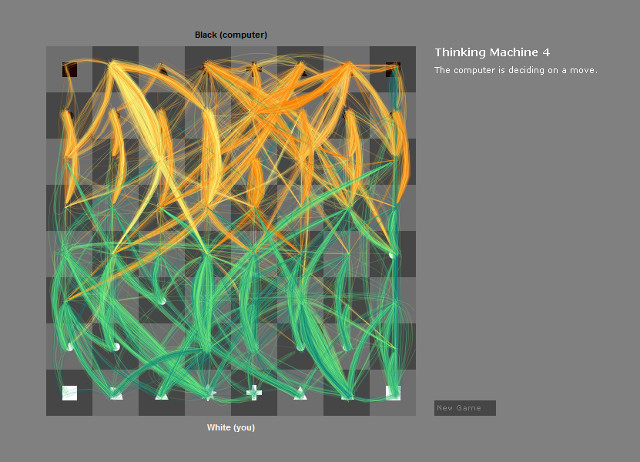What is it that makes blood types different from each other?

The existence of blood types* is down to the presence of antigens (“antibody generators”) on the surface of red blood cells and antibodies in the blood’s plasma. Someone with Type A blood has A-type antigens on their red blood cells and anti-B antibodies in their plasma. Someone with Type B blood has B-type antigens on their red blood cells and anti-A antibodies in their plasma. Those with Type AB blood have both A- and B-type antigens on their red blood cells and no antibodies in their plasma; whereas someone with Type O blood has no antigens on their red blood cells but both anti-A and anti-B antibodies in their plasma.
If, for example, someone with Type A blood is given a transfusion of Type B blood the anti-B antibodies in their system will attach themselves to the Type-B red blood cells, labelling them for destruction by white blood cell phagocytes. This can lead to an acute hemolytic reaction in which the red blood cell count drops to a dangerously low level and the blood is no longer able to carry enough oxygen to support life. This reaction can vary between patients, with some patients dying very soon after receiving a small amount of the wrong type of blood and some not dying after receiving relatively large amounts.
| Can receive … | Someone with Type … | |||
| A | B | AB | O | |
| A | ✔ | ✔ | ||
| B | ✔ | ✔ | ||
| AB | ✔ | |||
| O | ✔ | ✔ | ✔ | ✔ |
People with Type AB blood are universal recipients and can receive blood of any type, as their plasma does not contain anti-A or anti-B antibodies. Those with Type O blood are universal donors and can donate blood to anyone, as their red blood cells do not have any antigens on their surfaces.
Across the world, Type AB blood is rarest with only 5.5% of the population being Type AB. Type O blood is the most common (40.8%) and Type A is more common (31.8%) than Type B (22.0%). That said, blood types vary enormously between different countries and races: all Bororo people are Type O, nearly half (48%) of Norwegians are Type A and 32% of Indians are Type B.
* For the purposes of simplicity, this post ignores the effect of the Rh (Rhesus) factor that leads to, for example, the difference between A+ or A− blood.



 A screenshot showing the
A screenshot showing the 